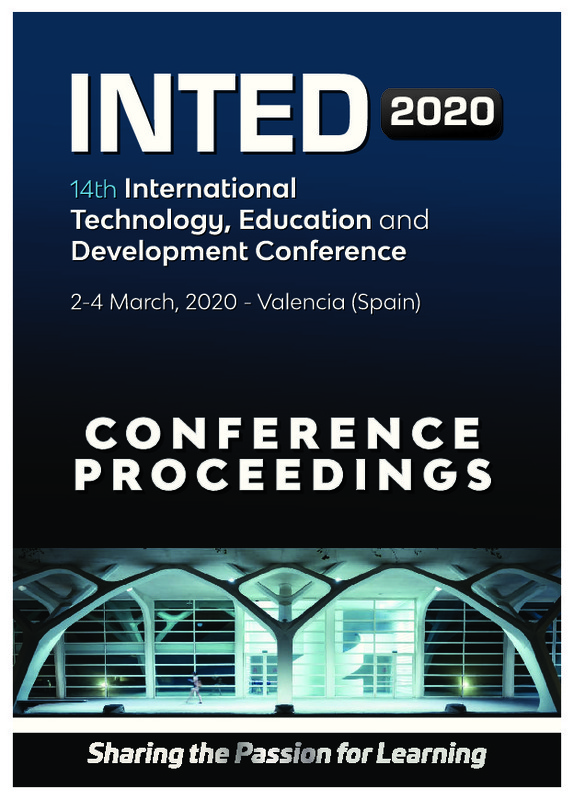JavaScript is disabled for your browser. Some features of this site may not work without it.
Buscar en RiuNet
Listar
Mi cuenta
Estadísticas
Ayuda RiuNet
Admin. UPV
Ethical dilemmas and debates as teaching methodologies to develop critical thinking competence
Mostrar el registro completo del ítem
Montanes, N.; Lascano-Aimacaña, DS.; Quiles-Carrillo, L.; Torres-Giner, S.; Rayón Encinas, E. (2020). Ethical dilemmas and debates as teaching methodologies to develop critical thinking competence. IATED. 5339-5343. https://doi.org/10.21125/inted.2020.1441
Por favor, use este identificador para citar o enlazar este ítem: http://hdl.handle.net/10251/178929
Ficheros en el ítem
Metadatos del ítem
| Título: | Ethical dilemmas and debates as teaching methodologies to develop critical thinking competence | |
| Autor: | ||
| Entidad UPV: |
|
|
| Fecha difusión: |
|
|
| Resumen: |
[EN] The creation of the European Higher Education Area (EHEA) has generated important changes in the
teaching and learning processes. Students have become the protagonists of their own learning
process and the task of the ...[+]
|
|
| Palabras clave: |
|
|
| Derechos de uso: | Reserva de todos los derechos | |
| ISBN: |
|
|
| Fuente: |
|
|
| DOI: |
|
|
| Editorial: |
|
|
| Versión del editor: | https://doi.org/10.21125/inted.2020.1441 | |
| Título del congreso: |
|
|
| Lugar del congreso: |
|
|
| Fecha congreso: |
|
|
| Código del Proyecto: |
|
|
| Agradecimientos: |
The authors want to show their appreciation to the Instituto de Ciencias de la Educación (ICE) of the
UPV for their help in the constitution of the Equipo de Innovación y Calidad Educativa (EICE) called
GIPA. The authors ...[+]
|
|
| Tipo: |
|









